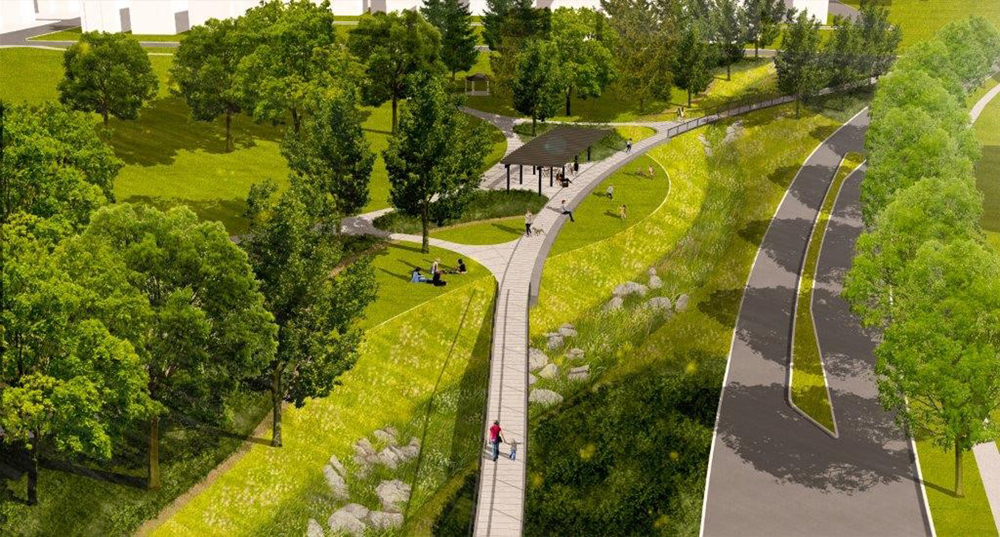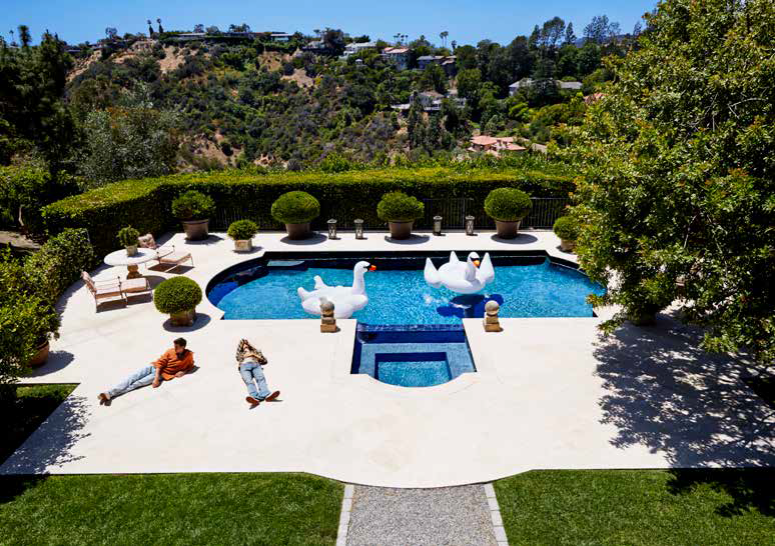As the nation’s urban centers densify and open space is consumed by homes and offices, available resources for parks are becoming scarce.
But urban designers at Denver-based Civitas are looking at a new and abundant supply of park space: existing parkways, created for automobiles.
“We’ve got to find those spaces that are just carrying traffic, and make sure they can still do that, but that people can walk and enjoy nature there too,” says Craig Vickers, a principal at the firm. “They need to serve more than one purpose.”
Denver is growing, though now it’s dropped below its former rate of two percent per year, and the thinking at Civitas is that the city doesn’t need all the space it’s using for automobiles. “We need to create places to experience nature and improve health and well-being,” says Chris Parezo, also a principal at the firm.
Two recent Civitas projects, one underway in Lakewood and another about to begin in Denver, illustrate how parkways can be transformed into parks – making room for cars, trees and people.
In the early 2000s, the Denver suburb of Lakewood tore down a 1960s-era mall to make way for a mixed-use downtown city center, creating a vision for the Alameda Parkway in the process. “The parkway was envisioned as a grand boulevard to connect to Denver 12 miles away, with mountains in the distance,” Vickers says. “So part of our effort with the City of Lakewood was to bring that vision back to a linear parkway that connects neighborhoods.
Their two miles of parkway takes an ugly street and turns it into a tree-lined boulevard. “Plus there’s a linear sculpture garden with large-scale art.,” he says. “It’s a destination now, instead of a tour through the suburbs.”
For Denver’s Hale Parkway, a basin for storm water runoff, Civitas was brought in to address flooding issues. “There’s a mile-long median dividing two lanes on each side, with an 80-foot right of way,” Parezo says. “The idea is to remove the median and downsize it to a two-lane street, with 100 feet of space for storm water, and then to tie the park system together and treat runoff in a basin.”
Soil and vegetation soon will clean the storm water before it’s released into another basin, and eventually into the South Platte River. And a raised walkway and floating bridge will offer pedestrian access under a canopy of trees. “It creates a usable park by reimagining the parkway with trees,” he says. “It’s increasing vegetation in an area that needs more park space.”
Better yet, it cuts back on carbon emissions, educates the public about storm water management – and brings a human touch to what once was a road reserved only for autos.
For more, go here.
[slideshow id=2019]



